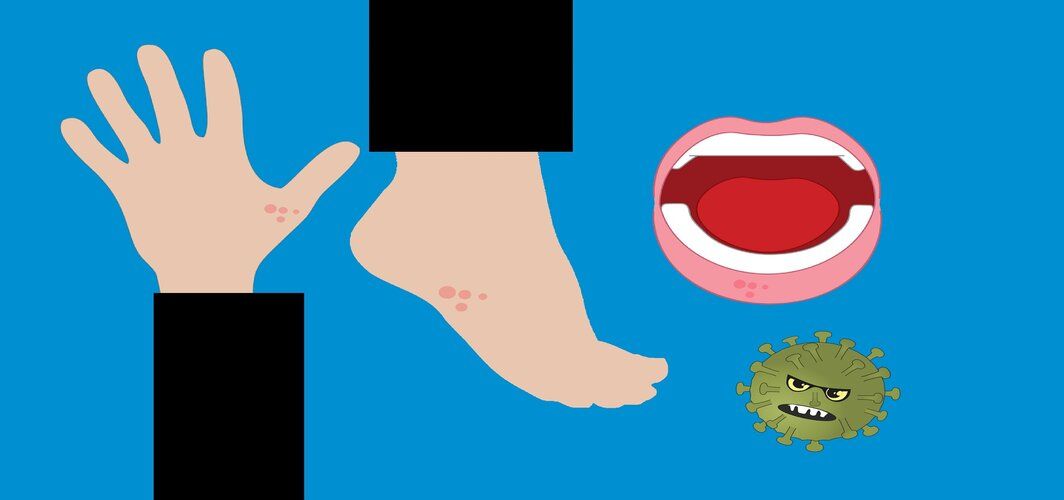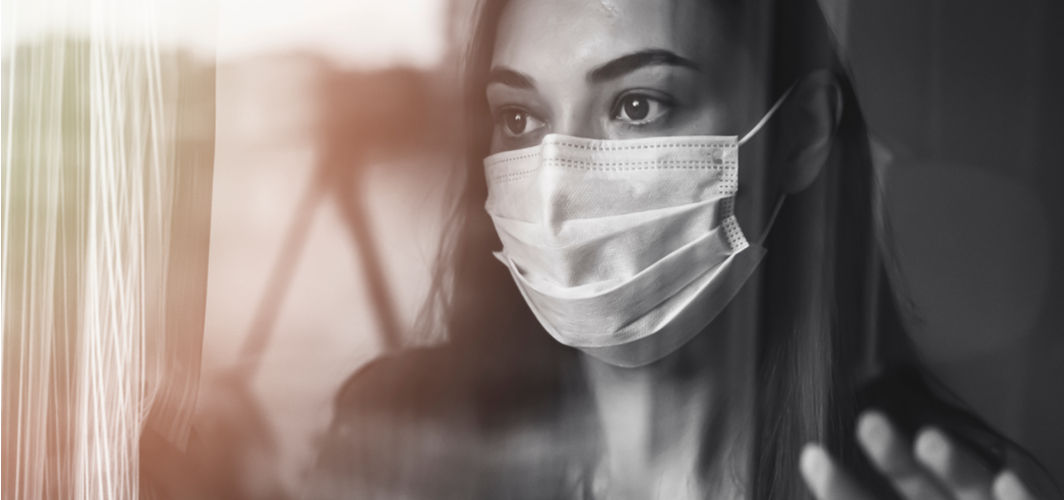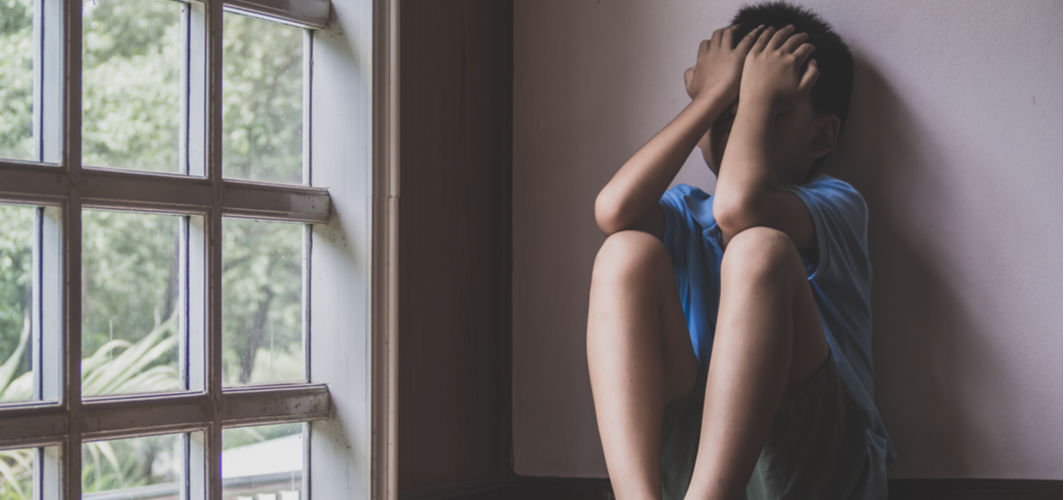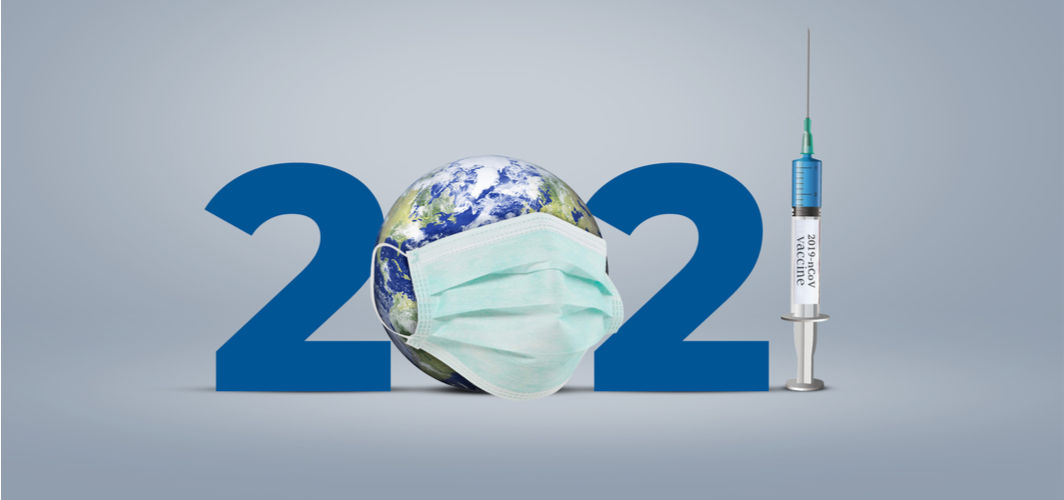Coronavirus Updates
Are Skin Rashes an Indication of COVID-19 Infection?
3 min read
By Apollo 24/7, Published on - 30 September 2020, Updated on - 18 October 2022
Share this article
3
15 likes

As the number of Coronavirus cases rises globally, so is the awareness about its effects. It is known by now that COVID-19 affects not just the lungs but multiple organs in the body, including the skin. According to a publication by Springer Nature, several ‘cutaneous manifestations’ or skin-related symptoms have been reported in COVID-19 patients. Skin-related conditions are a well-known effect of viral infections. Some of the skin symptoms observed in COVID-19 patients were rashes, hives, flare-ups, lesions, blisters and swellings. Most of these symptoms were reported to get better with time.
What symptoms can develop on the skin due to COVID-19?
- Acral or peripheral lesions – These lesions (skin injury or damage) occur in the peripheral and extreme body parts (acral areas) such as fingers, toes, the tip of the nose, ears, etc. A study conducted by Springer Nature revealed that acral lesions were the most common type of rash observed in COVID-19 patients, mostly in young adults. The majority of these patients developed a milder illness due to COVID-19. Acral lesions were mostly observed after the development of other COVID-19 symptoms.
- Maculopapular rashes – These are characterized by a flat, red area on the skin covered by small, raised bumps. They are one of the most common skin manifestations of COVID-19, known to affect mainly middle-aged patients. This symptom may appear along with other COVID-19 symptoms. These rashes appear visibly red only in people with lighter skin tone. Since maculopapular rashes are generally a side effect of certain medicines, it may not serve as a diagnostic marker for COVID-19.
- Vesicular rashes or blisters – These appear before the onset of other COVID-19 symptoms. They mainly affect the trunk or torso of the body and usually demonstrate chicken pox-like symptoms. Since vesicular rashes are mostly concerned with viral infections, researchers feel that it can be a useful tool in the early diagnosis of COVID-19.
- Urticarial rashes or hives – These rashes are characterised by a breakout of swollen, pale red bumps on the skin. Besides appearing on the palm region of the hand, they were mainly found in the trunk or torso of COVID-19 patients. These rashes are also known to be caused by certain medicines used to treat COVID-19 like azithromycin, remdesivir, etc.
- Livedo or skin discolouration – Though relatively uncommon when compared to other skin symptoms, livedo or skin discolouration (purple skin) are mainly seen in elderly patients. These symptoms are associated with severe COVID-19 illness and higher hospitalisation rates. Due to their correlation with the COVID-19 severity, such rashes can indicate the probable outcomes of COVID-19.
In a study conducted on 88 COVID-19 patients in Lombardy, Italy, it was found that 18 of them (20.4%) had skin-related problems. Eight of these patients developed symptoms at the onset, and 10 patients after the hospitalization.
What are COVID toes?
There is yet another skin manifestation of COVID-19 that has garnered the attention of scientists and dermatologists around the world – called COVID toes. The American Academy of Dermatology Association (AAD) has observed that several patients who test positive for COVID-19 developed discoloured (purple or pink) and swollen toes. Most of these patients comprised healthy young adults, teenagers, and children who never developed any other COVID-19 symptoms such as fever, dry cough, breathlessness, etc. In rare cases, even if they develop symptoms, it is usually mild.
Besides discoloration and swelling, COVID toes may result in blisters, pain, itch, raised painful bumps, and patients may sometimes notice pus under their skin.
What should I do if I notice any of these skin symptoms?
Not all skin rashes mean that you have COVID-19. Some skin rashes may develop in your body because of an allergic reaction, side effect of a certain medicine, or other dermatological conditions. There is still a lot of research that needs to be done to conclude whether skin rashes can be a sign of COVID-19. If you notice any of these skin rashes, isolate yourself and consult a doctor immediately. The doctor will do a thorough evaluation of other COVID-19 symptoms that you may have, along with clinical signals to determine if you need to get tested for the Coronavirus.
Coronavirus Updates
Leave Comment
Recommended for you

Coronavirus Updates
What are the Long-Term Health Effects of COVID-19?
It has been found that the after-effects of the COVID-19 linger on in the form of fatigue, heart issues, joint pains, neurological symptoms and other problems.

Coronavirus Updates
Dealing with COVID-19 Triggered Psychological Issues in Children
The COVID-19 pandemic has affected the mental health of children and adolescents indiscriminately, resulting in the onset of several health problems such as anxiety and depression.

Coronavirus Updates
How to Boost Immunity During COVID-19
A healthy immune system can play an important role in reducing the severity and lowering the risk of complications due to COVID-19.
Subscribe
Sign up for our free Health Library Daily Newsletter
Get doctor-approved health tips, news, and more.
Visual Stories

Covid-19 Updates: Are Things Getting Brighter?
Tap to continue exploring
Recommended for you

Coronavirus Updates
What are the Long-Term Health Effects of COVID-19?
It has been found that the after-effects of the COVID-19 linger on in the form of fatigue, heart issues, joint pains, neurological symptoms and other problems.

Coronavirus Updates
Dealing with COVID-19 Triggered Psychological Issues in Children
The COVID-19 pandemic has affected the mental health of children and adolescents indiscriminately, resulting in the onset of several health problems such as anxiety and depression.

Coronavirus Updates
How to Boost Immunity During COVID-19
A healthy immune system can play an important role in reducing the severity and lowering the risk of complications due to COVID-19.